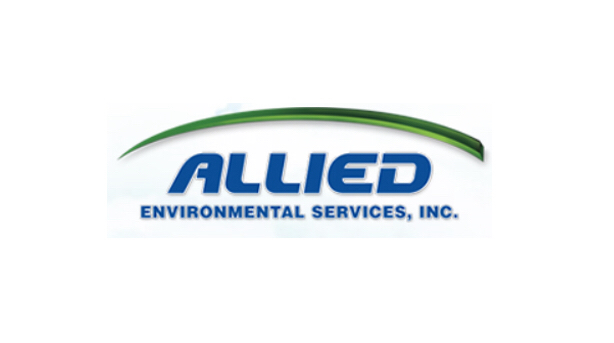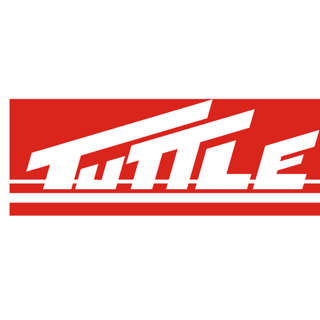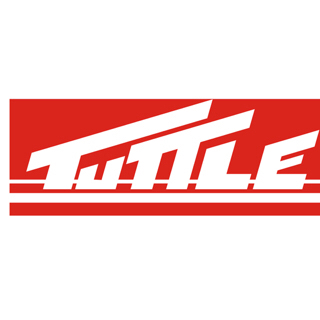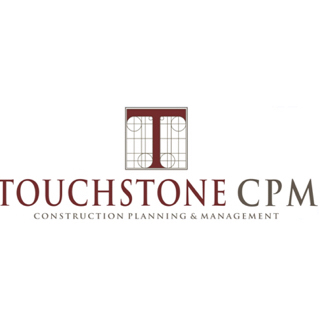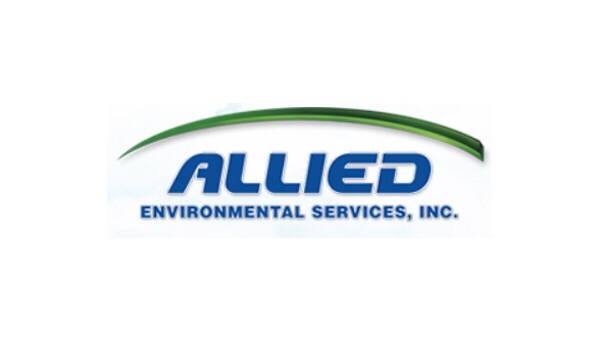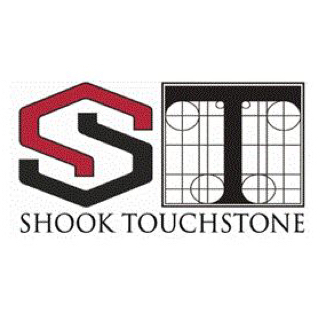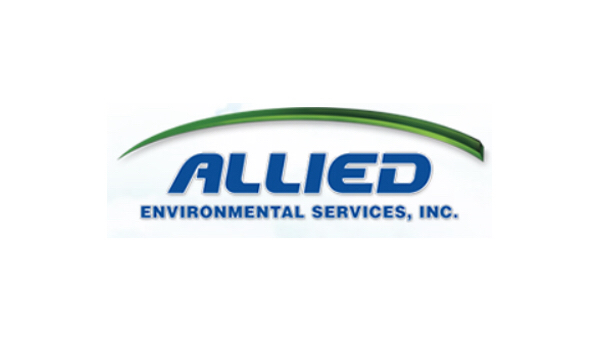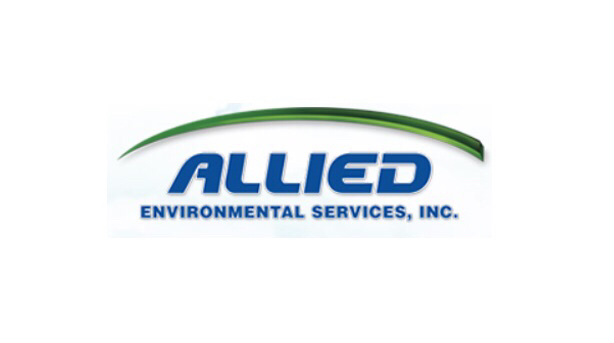Information
-
Audit Title
-
Conducted on
-
Prepared by
1.0 - Previous inspection
-
1.1 - Has the last inspection been reviewed?
-
1.2 - Have previous discrepancies been corrected?
2.0 - Fall Protection
-
2.1 - 100% Fall Protection when 6' or above (Owner requirements may be 4 feet - Follow Owner Requirements)
-
2.2 - Perimeter guardrails in place (42", 21") and toeboards
-
2.3 - Anchor point sufficient for 5000 pound stress if fall occurs
3.0 - Scaffolds
-
3.1 - Plastic or visqueen must have holes in it for wind and ventilation
-
3.2 - Scaffold tagged as to condition - Green ok to use Yellow Use Caution - Red - Do Not Use
-
3.3 - Suspended scaffold - personnel using 100% fall protection
-
3.4 - Mobile scaffold - casters are locked when in use
-
3.5 - Access ladders being used
-
3.6 - Passerby protection provided.
-
3.7 - Baseplates must be nailed down (if using mud-sills)
-
3.8 - Screw jacks with baseplates or casters (screw jacks not extended over 12 inches)
-
3.9 - End rails in place at 42 inches and 21 inches with toe boards
-
3.10 - Toe boards in place - at least 4 inches high
-
3.11 - MId rails in place at 21 inches (cross bracing alone not sufficient)
-
3.12 - Top rails in place at 42 inches (cross bracing alone not sufficient)
-
3.13 - Tight floors (no more than 1 inch between planks)
-
3.14 - Daily pre-shift inspection performed by a competent person
-
3.15 - If more than 4:1 - is scaffold tied into structure at 26 feet vertical and 30 feet horizontal
-
3.16 - Mobile scaffold - more than 3:1 - tied to structure or need outriggers
-
3.17 - Scaffold grade planks (no 2x4, etc)
-
3.18 - Scaffold planks extend over end supports at least 6 inches - not more than 18 inches
4.0 - Housekeeping
-
4.1 - Passageways & aisles clean and clear
-
4.2 - Material organized and neatly stacked
-
4.3 - Nails on lumber removed or bent down
-
4.4 - Dumpsters and trash cans provided
-
4.5 - Oil, grease, water, ice, etc., removed and floors dry
-
4.6 - Adequate ventilation is provided at all levels
-
4.7 - No trip hazards
5.0 - Electrical
-
5.1 - Temporary Construction Lighting - 1926.56(a)
-
5.2 - Electrical panel boxes - must be covered and secure when energized
-
5.3 - GFCI's (Ground Fault Circuit Interupters) in use
-
5.4 - Extension cords OK - no flat cords or frayed/broken insulation
-
5.5 - Power tools with proper grounds (unless double insulated)
-
5.6 - Temporary wiring tied up or organized to prevent trip hazards
-
5.7 - Lock Out / Tag Out program in place (when needed)
6.0 - Personal Protective Equipment
-
6.1 - Wearing hearing protection (when necessary)
-
6.2 - Wearing full body harness, lanyard and connected to anchor point (when necessary)
-
6.3 - Wearing construction boots at all times
-
6.4 - Wearing safety glasses at all times
-
6.5 - Wearing hard hats at all times
-
6.6 - Wearing gloves (when necessary)
-
6.7 - Wearing face shields (when necessary)
-
6.8 - Respiratory protection worn if required for specific hazard
7.0 Ladders Subpart X - 1926.1050
-
7.1 - Step ladders fully opened when in use
-
7.2 - Extension and job made ladders properly sloped at 4:1
-
7.3 - Extension and job made ladders secured at top.
-
7.4 - No metal ladders
-
7.5 - Ladders properly stored to prevent falling and damage
-
7.6 - Extension and job made ladders extend 3' beyond working level
-
7.7 - Step ladders - workers not standing or working on 2nd to last step and top
8.0 Excavations Subpart P - 1926.650
-
8.1 - Competent person performed daily inspection and completed inspection document
-
8.2 - Utilities located and marked
-
8.3 - 4 feet or more - ladder must be within 25 feet of each worker
-
8.4 - 4 feet or more - ladder must extend 3 feet above grade
-
8.5 - 4 feet or more - oxygen must be tested or monitored if using fuel powered equipment
-
8.6 - 5 feet or more - must slope, shore bench or use trench box
-
8.7 - If sloped or benched - is it correct - (Type A - 3/4:1, Type B - 1:1, Type C - 1 1/2: 1)
-
8.8 - Does protective shoring meet timber and/or aluminum specs
-
8.9 - If using trench box - are connections secure
-
8.10 - Adjacent structures - protected and supported (if needed)
-
8.11 - All materials and spoil dirt stored 2 feet or more from edge
-
8.12 - If left open overnight or if not working on presently - barricaded properly with solid barricades
9.0 - Hand and Power Tools Subpart I - 1926.300
-
9.1 - Tool inspection color code current
-
9.2 - Right tool for the job
-
9.3 - Prompt repair of defective / broken tools (or taken out of service - red tagged until repaired)
-
9.4 - Power tools must have proper grounds (unless double insulated)
-
9.5 - Power tool safe guards in place
10.0 - Emergency Procedures, First Aid Subpart D - 1926.34, 1926.35, 1926.50 1926.51
-
10.1 - Emergency numbers posted and available to all workers
-
10.2 - Maps and directions to nearest emergency medical facility available
-
10.3 - First aid kit stocked and available to workers
-
10.4 - Emergency eyewash available within 100 feet of work (chemicals, acids, caustics)
11.0 - Water Jetting
-
11.1 - Equipment staged as per operations/client
-
11.2 - Hoses properly installed/attached and pressure test inspection tags verified (Within last 3 months)
-
11.3 - Hydro blasting equipment and hoses grounded to prevent static electricity
-
11.4 - Pumping equipment equipped with safety relief devices and have been checked
-
11.5 - Job signs up (No Trespassing, Danger, Construction Site, Do Not Enter)
-
11.6 - Equipment has hand or foot operated fail safe controls that are manipulated ONLY by the lance operator
-
11.7 - Is proper PPE for water blasting being worn. - Safety Glasses, Face Shield, Hearing Protection, Hard Hat, Rain Su
-
11.8 - Operators trained and qualified to operate water jetting equipment
12.0 - Vacuum Truck and Tank Cleaning
-
12.1 - Equipment inspected prior to use and documented.
-
12.2 - Equipment grounded and wheels chocked
-
12.3 - Trained and qualified operators - CDL drivers with current medical clearance
-
12.4 - Hearing protection, safety glasses, hard hat, respirators, face shield, gloves and other PPE worn as required or needed.
-
12.5 - Workers understand the hazards of the waste being vacuumed.
-
12.6 - Continuous monitoring of air quality is being performed.
13.0 - Mercury Abatement
-
13.1 - Workers trained and qualified to perform mercury remediation. Respiratory clearances by physician on site
-
13.2 - Personal Protective Equipment and Protective outer clothing worn
-
13.3 - Waste and contaminated debris collected and isolated to prevent release of mercury vapor
-
13.4 - Containment installed and maintained
-
13.5 - Changing area and decontamination area available
-
13.6 - Workers trained and qualified to perform mercury abatement
-
13.7 - Air monitoring being conducted to determine levels of mercury vapors during removal
-
13.8 - Respiratory protection (half face or full face) based upon level of mercury detected and documented.
14.0 - Fire Protection and Prevention Subpart F 1926.150
-
14.1 - Fire hydrants accessible - no material or equipment blocking
-
14.2 - Route for emergency vehicles is accessible
-
14.3 - Fire extinguishers immediately accessible for hot work
-
14.4 - Emergency Action Plan developed and posted
-
14.5 - No smoking signs posted and enforced (where needed)
-
14.6 - Flammables stored away from buildings and structures
-
14.7 - Containers and fuel tanks clearly identified with warning lables
-
14.8 - No smoking, burning, etc. around flammables
-
14.9 - Re-fueling in open areas or hot work permit obtained
15.0 - Confined Spaces Subpart C 1926.21 and 1910.146
-
15.1 - Permit completed by a competent person prior to entry and after condition change
-
15.2 - Is space identified with signage prior to entry
-
15.3 - Emergency rescue equipment on hand and in place
-
15.4 - Protective equipment used
-
15.5 - Space ventilated prior to and during operations
-
15.6 - Continuous air monitoring being performed and results documented
-
15.7 - Confined Space Attendant on site with confined space permit completed.
-
15.8 - Respiratory protection with appropriate cartridges being worn. Or supplied air as required.
16.0 - Asbestos Abatement
-
16.1 - Containment erected as needed and secure
-
16.2 - Decon area and shower available with appropriate water supply and filter
-
16.3 - Negative pressure being maintained within containment
-
16.4 - If glove bag removal, water being used to wet ACM within glove bag
-
16.5 - Area barricaded with signage indicating DANGER - ASBESTOS
-
16.6 - Workers with current certifications and physicals on site. Workers must have ODH certification card on site
-
16.7 - Appropriate P100 cartridges being worn with respirators.
-
16.8 - Personal and area sampling being performed
-
16.9 - HEPA filters installed through negative pressure units
-
16.10 - Electrical sources outside of containment with GFCI's being used
-
16.11 - Appropriate notification to Ohio Department of Health completed
-
16.12 - Water being used to wet asbestos
-
16.13 - Asbestos waste properly contained, bagged, labeled and disposed of properly
17.0 - Mobile Equipment and Vehicles Subpart O -1926.600
-
17.1 - Daily pre-use inspection performed and documented
-
17.2 - Lights working
-
17.3 - Brakes working
-
17.4 - Horn works
-
17.5 - Back up alarm working and loud enough to warn of backing
-
17.6 - Equipment appropriately grounded as required
-
17.7 - Wheels chocked
-
17.8 - Load limits observed
-
17.9 - Windshield, windows and mirrors clean with no obstructions
-
17.10 - No unsafe hauling of people or materials
18.0 - Lead Abatement
-
18.1 - Workers trained and qualified to perform lead removal
-
18.2 - Workers wearing respiratory protection with P100 cartriges
-
18.3 - Area barricaded with DANDER - LEAD tape and signs
-
18.4 - Medical surveillance if workers are exposed to the lead Action Level for 30 or more days per year
-
18.5 - Personal sampling being performed
19.0 - Hazard Communication Subpart Z - 1910.1200
-
19.1 - Written HAZCOM program available on worksite
-
19.2 - Hazardous Materials Inventory current on jobsite
-
19.3 - MSDS or SDS (Material Safety Data Sheets / Safety Data Sheets) on jobsite
-
19.4 - All containers clearly marked with contents and are labeled as to hazards
Miscellaneous Items
General Comments
Follow-up Actions
-
Follow-Up and Assignment
-
Follow-up to be Completed By:
-
Follow-Up and Assignment
-
Follow-Up to Completed By:
-
Follow-Up and Assignment
-
Follow-up to be Completed By:
-
Follow-Up and Assignment
-
Follow-up to be Completed By:
-
Follow-Up and Assignment
-
Follow-up to be Completed By:
Sign Off-
-
On site representative
-
Auditor
